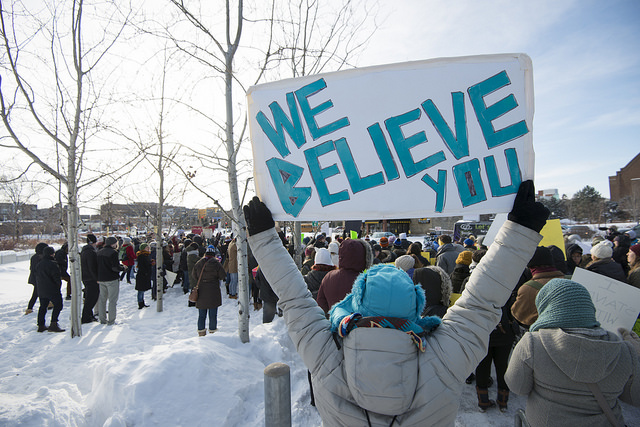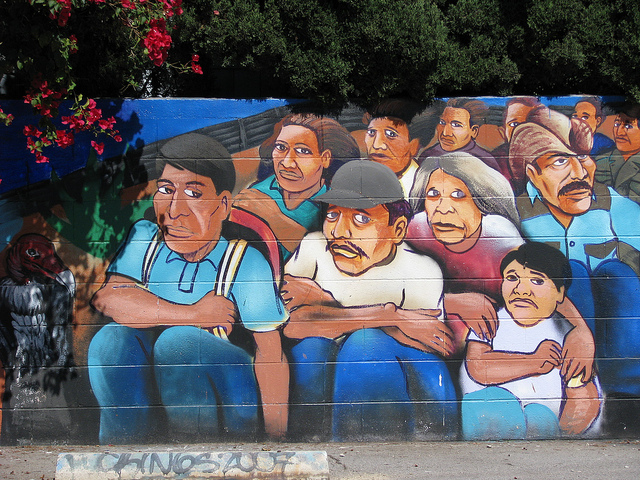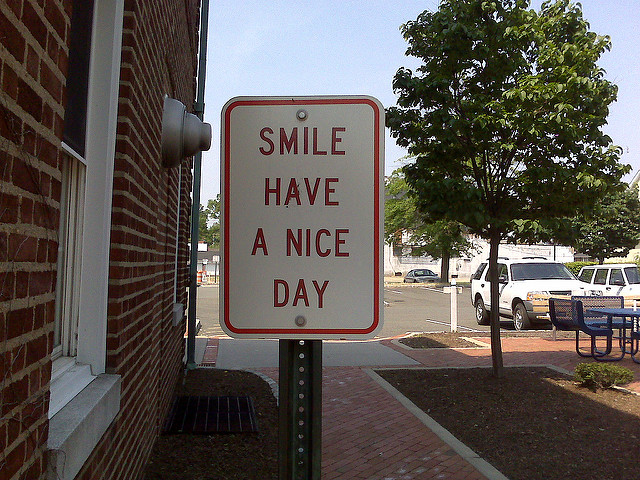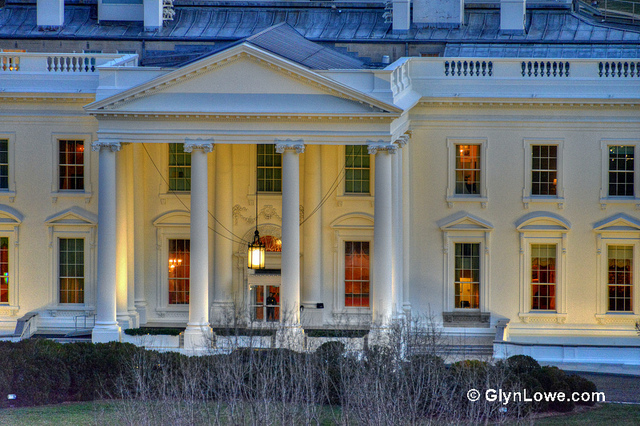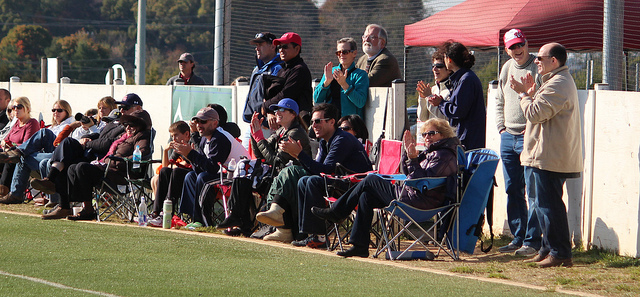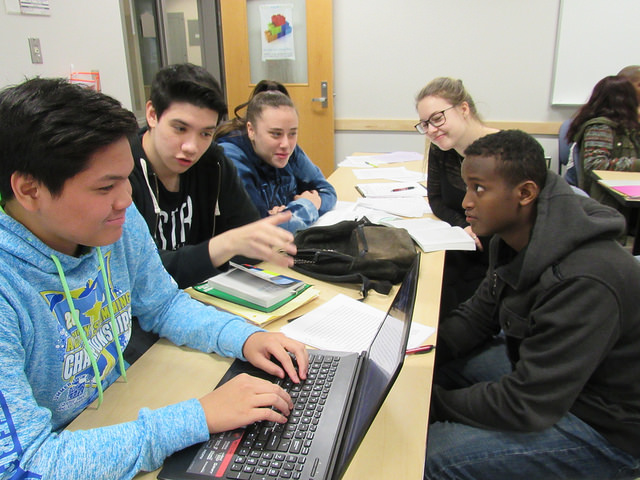
Current pressure for a wall on the United States’ southern border has been a centerpiece in politics and the media, but push for a wall is one recent development in a complex history of border politics. For centuries, the border has been a site for war, conflict, immigration, and trade. A recent article in The Washington Post highlights how these historic events have contributed to defining what the border means today, and how — especially in recent decades — this has led to calls for heightened security and enforcement.
The border itself is a powerful political symbol. According to sociologist Douglas Massey, it is not just
“a border but the border, and its enforcement has become a central means by which politicians signal their concern for citizens’ safety and security in a hostile world.”
Recent work by Massey highlights how throughout history this “hostile” world has been defined and composed of dissident actors — drug traffickers, terrorists, communists, or criminals — with politicians using them as political chips to peddle and spin different narratives on how and why we should protect the border.
This research demonstrates that whether the southern border is an invisible line, physical fence, or wall, it continues to be a symbolic boundary for people who hold a profound fear of those who are non-white or of different cultural backgrounds. For example, recent political positions towards Central American migration to the United States seem to echo historic anti-immigrant attitudes. During the late 19th century, Chinese laborers were banned for decades from immigrating to the U.S. for their perceived cultural and economic threat to American society.
As debates continue over the construction of a southern wall, it is worthwhile to question if anti-immigrant attitudes and fears are haunting reverberations of the past. Recognition of the complex history of the U.S.-Mexico border and its connection to fear of crime and xenophobic attitudes may be a useful starting point so that today’s politics do not become “another brick in the wall” in the history of the border.

